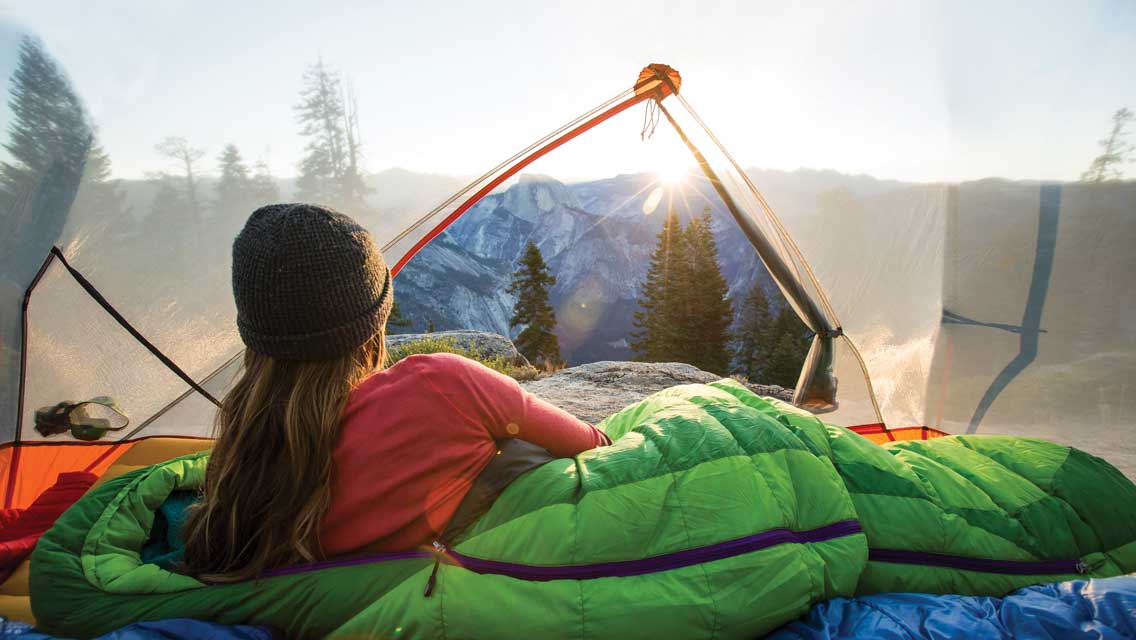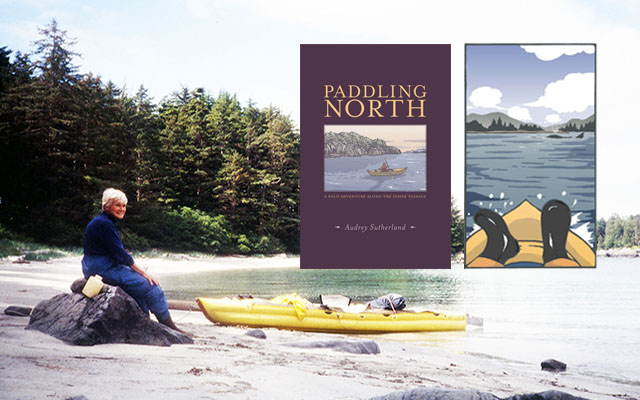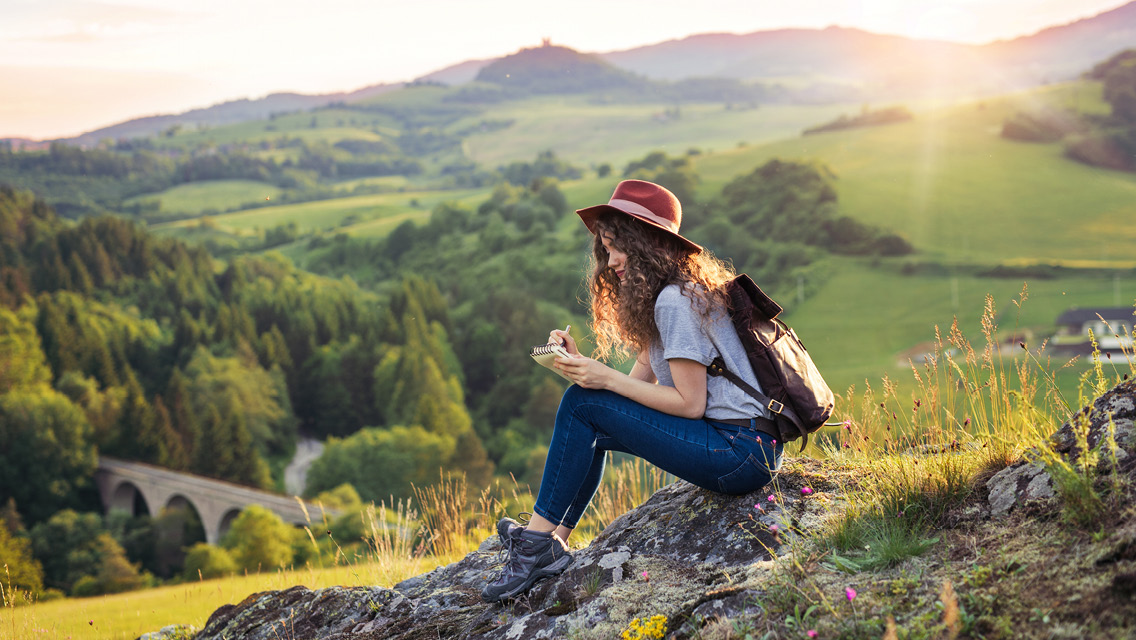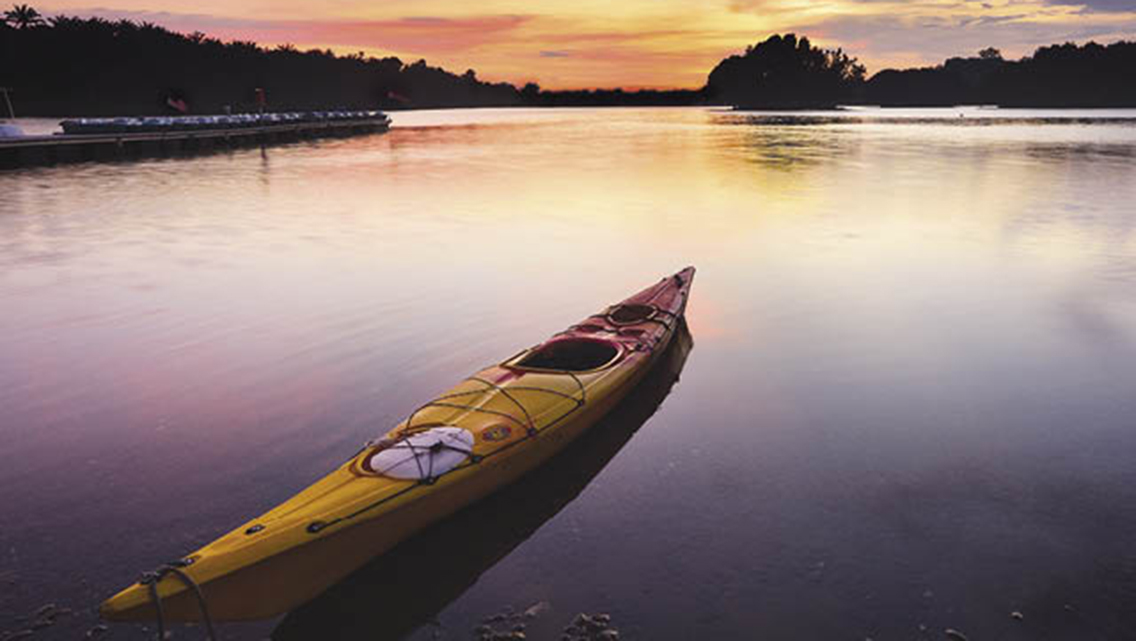Restless winds sweep across Colorado’s Sangre de Cristo Mountains toward the sagebrush-dotted valley where I’m scouting for a cactus-free spot for my tent.
I’ve come for a weekend alone in nature to recover from deadlines, health worries, and the recent death of my cat. A solo-camping newbie, I’ve picked the path of least resistance: car camping on friends’ land four hours from home. No running water, no electricity, no cell reception. Just me, some coyotes, and now this wind.
My fantasy of rustic bliss evaporates as I battle the howling gusts to set up my tent. Then there’s the busy work: assembling the camp stove, eating a cold dinner when the stove won’t light, layering on warm clothes, scanning the dirt for rattlesnakes. I begin to question my plan to release months of stress in the next 24 hours.
The next morning brings more wind. After breakfast (without hot coffee), I retreat to the shelter of my tent. I tie back the flaps so I can watch the sun move across the mountains’ snowy crags as I recline on my sleeping bag. Safe from the gales, I decide to do nothing. And for the first time on this trip — in months, really — I start to relax.
For two hours I gaze through the wedge-shaped tent opening. Though the view is limited, I experience a ponderosa’s vanilla scent, flies buzzing, a lone eagle soaring, clouds floating above the massive mountains. I have no profound insights. But for a while I’m simply me, alone in nature, appreciating the beauty of everything exactly the way it is. Wind and all.
How to Solo Camp Safely
While the challenges are real, the rewards of camping alone can be extraordinary: the chance to experience deep solitude, build self-reliance, and encounter the subtleties of nature without distractions.
Because you lack the safety net of a group, however, being out alone does come with risks. I talked with Alex Kosseff, founder of the Outdoor Safety Institute in Bozeman, Mont., about how to minimize them. The key to improving your chances of safe and enjoyable solo camping, he emphasizes, is careful planning.
Those considering a solo adventure first need to honestly assess their outdoor skills. Kosseff asks campers the following:
- Are you capable of being self-reliant in the wilderness?
- Do you know camping’s nuts and bolts, like hanging food out of a bear’s reach, building a fire, and rigging a rain tarp?
Appropriate, weather-protective gear is also critical — as is the knowledge of how to use it. “People get in trouble when they buy new gear but don’t test it out beforehand,” he says.
Appropriate, weather-protective gear is also critical — as is the knowledge of how to use it. “People get in trouble when they buy new gear but don’t test it out beforehand,”
Kosseff recommends solo campers choose a familiar location with terrain they’re confident navigating. “Plot your route in advance, along with bail-out options in case the trail is washed out or you get sick,” he says. And remember the cardinal rule for any excursion, solo or group: Tell one or two trustworthy people exactly where you’re going and when you’ll be back so they can call in the cavalry if you don’t return on time.
First-timers should go out for a short period and stay relatively close to a bail-out point. Kosseff says you can also imitate the Outward Bound group-solo model: Hike in with friends and pitch tents out of sight of each other, but within hearing distance. Set up periodic check-in times and keep whistles on hand to sound in an emergency.
My weekend outing is just one example of how to take a solo trip in relative safety. I talked with three other solo campers whose adventures were decidedly different from mine, whose skill levels range from novice to expert. Their stories show that if the wild calls you — and you alone — you can answer.
Alone, But Not Lonely
Level: Easy
Although Minneapolis hospice unit aide Sarah Gunther, 44, camped a lot growing up, she never considered going solo until a heat wave made her desperate to leave the city. When none of her friends could go, Gunther got in the car with her gear and her now-late golden retriever, Furlong. They drove north until the temperature dropped 25 degrees. She found a public campground on Lake Superior’s north shore and pitched her tent.
“I felt independent and empowered,” says Gunther. “My biggest fear about camping alone was serial killers; I watch too many horror movies.” With her four-legged protector in the tent, however, she snoozed through any mysterious bumps in the night.
Camping’s simplicity appeals to Gunther. “It eliminates superfluous details and distills life to basic food-and-shelter needs,” she says. Freed from civilized trappings and home responsibilities on her trip, she also appreciated her uninterrupted solitude. “Furlong was the perfect companion,” she adds. “He never got crabby or demanding.”
A big payback — and part of the reason Gunther continues to camp alone occasionally — was pride. “Camping solo is a bit unorthodox, especially for a woman,” she says. “I proved I could overcome my fears and enjoy being outdoors — just me and my dog.”
Locations
Split Rock Lighthouse State Park • Tettegouche State Park • Superior Hiking Trail Association
Testing Boundaries
Level: Challenging
Henry David Thoreau was the last thing on literature professor Brynnar Swenson’s mind as he paddled against large waves on a northern Minnesota lake. If he capsized deep within Minnesota’s Boundary Waters Canoe Area Wilderness, he wouldn’t survive in the frigid water.
But Swenson, then 34, had something in common with the 19th-century author who chronicled his two years alone in a cabin in Massachusetts. They’d both gone alone into the woods to “live deliberately.”
“It’s rare that people spend time by themselves without the internet or cell phones — much less in the wilderness,” says Swenson, who teaches Thoreau at Butler University in Indianapolis. He chose to travel light on his six-night canoe trip, with only basic gear and supplies. An accomplished outdoorsman, he subsisted mainly on fish he caught — or plain rice.
Swenson acknowledges that his one-man show wasn’t always easy: Splitting wood, cooking over a campfire, and making two trips for every portage soon became tedious. “I got bored and antsy,” he says.
In reaction, he found himself paddling in search of the perfect lake. It wasn’t until he returned home that he came to grips with the folly of this search: “In the Boundary Waters, every lake is perfect,” he laughs. “Cherokee Lake, where I camped, was beautiful; I didn’t need to keep looking for more.”
Fishing, hiking, and paddling by himself gave Swenson time for deep reflection; ironically, it made him realize how much he valued camping with friends. “It’s far less miserable to huddle under a tarp during a downpour with someone you like than when you’re alone,” he says.
Yet despite — or maybe because of — these hardships, Swenson believes solitude in nature is as valuable today as it was for Thoreau. “In a campsite by myself, I asked, ‘What are my limits? What do I need and what can I live without?’”
After keeping himself dry for two rainy days, accepting when he needed to turn back during a too-difficult canoe crossing, and appreciating the beauty of the lake he was on, Swenson answered these age-old questions for himself.
Resources
Boundary Waters Canoe Area Wilderness • Sawbill Canoe Outfitters • Spirit of the Wilderness Outfitters
Radical Self-Reliance
Level: Extreme
Wildlife biologist Sage Clegg hiked the “Triple Crown” — the Pacific Crest Trail (PCT), Continental Divide Trail, and Appalachian Trail — in less than two years, between 2009 and 2010, and she did it mostly alone.
She’s the first woman ever to complete the Triple Crown in such a short timespan. During her 114 days on the PCT, she slept near other hikers only 12 nights.
Three months of solo time would be too much for most people, but for Clegg, 35, it was just right. “Solo backpacking has taught me that when I’m depressed or ungrounded, it’s because I haven’t been alone enough.”
Long-distance hiking is “kinetic meditation” for her. “Half the time I’m pondering the future; half the time my brain is flat-lining. I think, ‘Either I’m getting stupider, or this is what enlightenment feels like.’”
Clegg’s confidence in her outdoor skills has grown over time, often thanks to the lessons offered by close calls, like when she slipped down the side of a snowy mountain in the Cascades before arresting her slide with her ski poles.
Near misses like this haven’t diminished Clegg’s passion. If anything, she has even greater faith in herself. A solo hiker takes complete ownership for everything that goes wrong — and right.
“I look back on a tough day and think, ‘Wow! I just made it across three avalanche shoots and 20 miles of snow trail, all by myself.’”
Resources
Pacific Crest Trail Association • Continental Divide Trail Coalition • Appalachian Trail Conservancy
8 Essential Items to Include When Packing
Alex Kosseff, a former Outward Bound instructor and founder of the Outdoor Safety Institute, suggests some often-overlooked items that are essential for solo campers in any terrain:
- Waterproof gear: Sweat-resistant and rainproof clothing, a jacket, and boots; leak-free shelter (tent or tarp); a pack liner or cover.
- Fire-starters: Waterproof matches and lighters (take at least two).
- Whistle: Wear it around your neck 24/7.
- Mirror: Use it to signal for rescue or to assess hard-to-see injuries (eye, mouth, back, etc.).
- First-aid kit: Include bandage tape, gauze, moleskin, and antiseptic wipes, among other items.
- LED headlamp
- Satellite GPS transponder that will broadcast your coordinates.
- Adequate water and food for the duration of your trip.




This Post Has 0 Comments